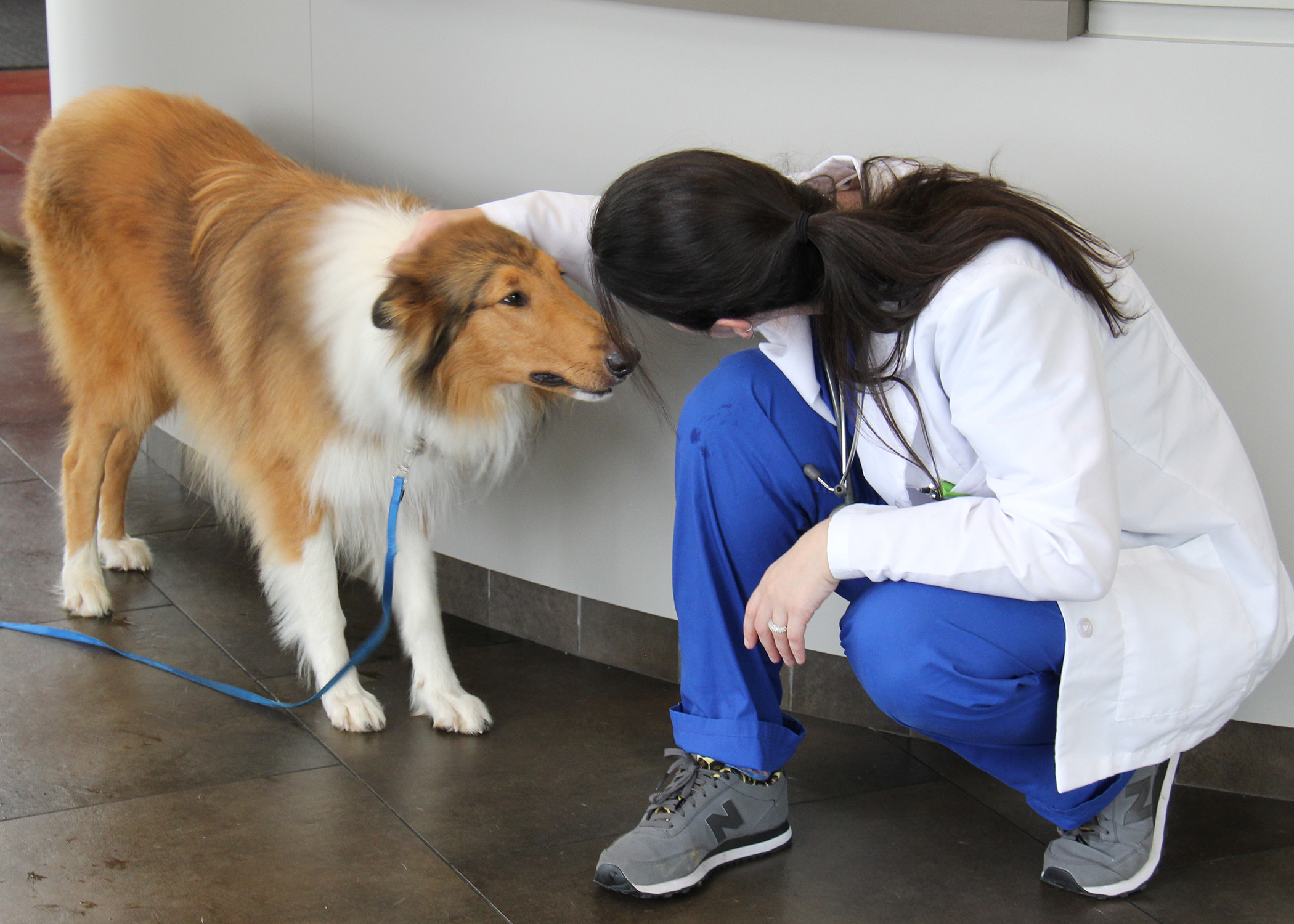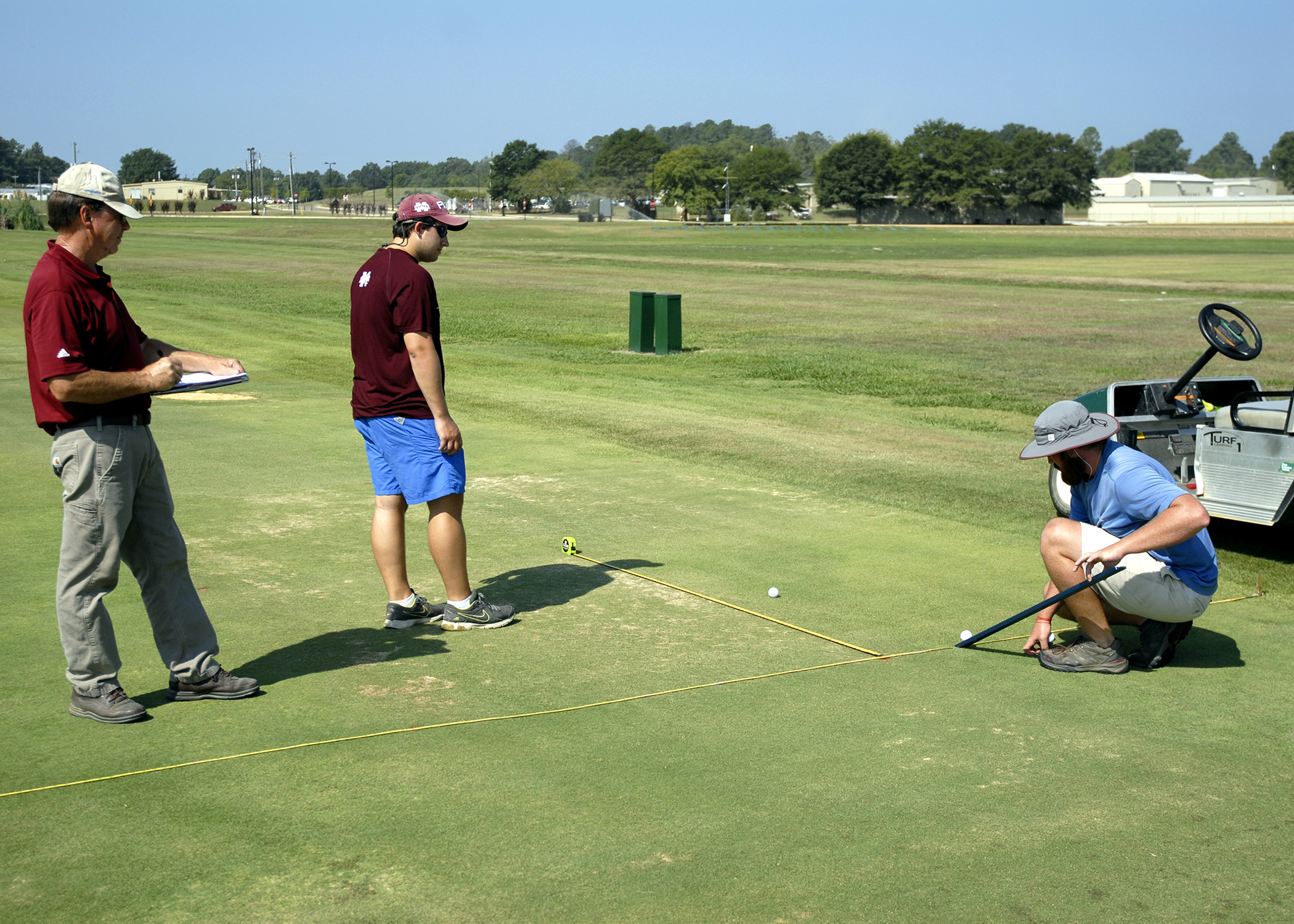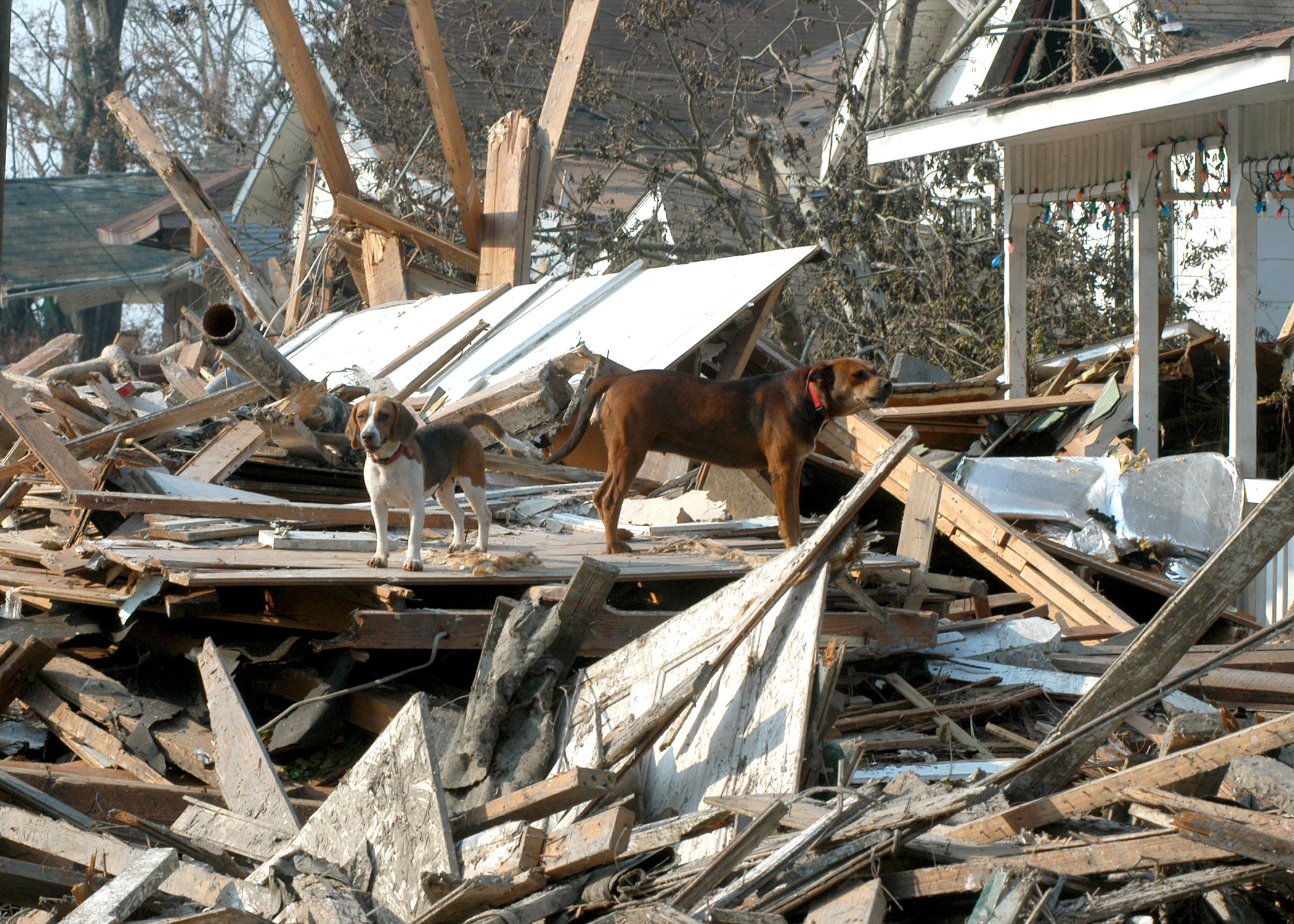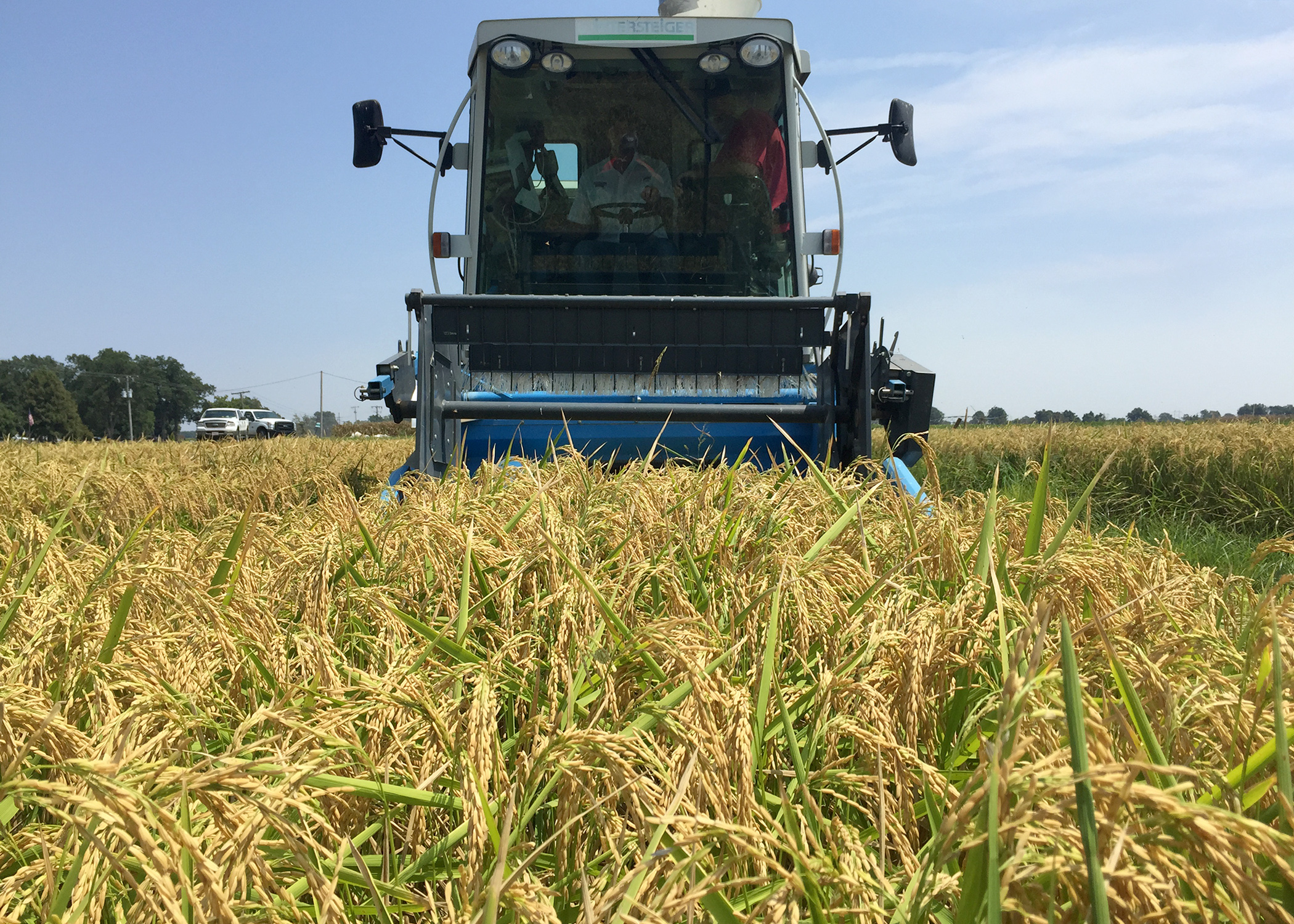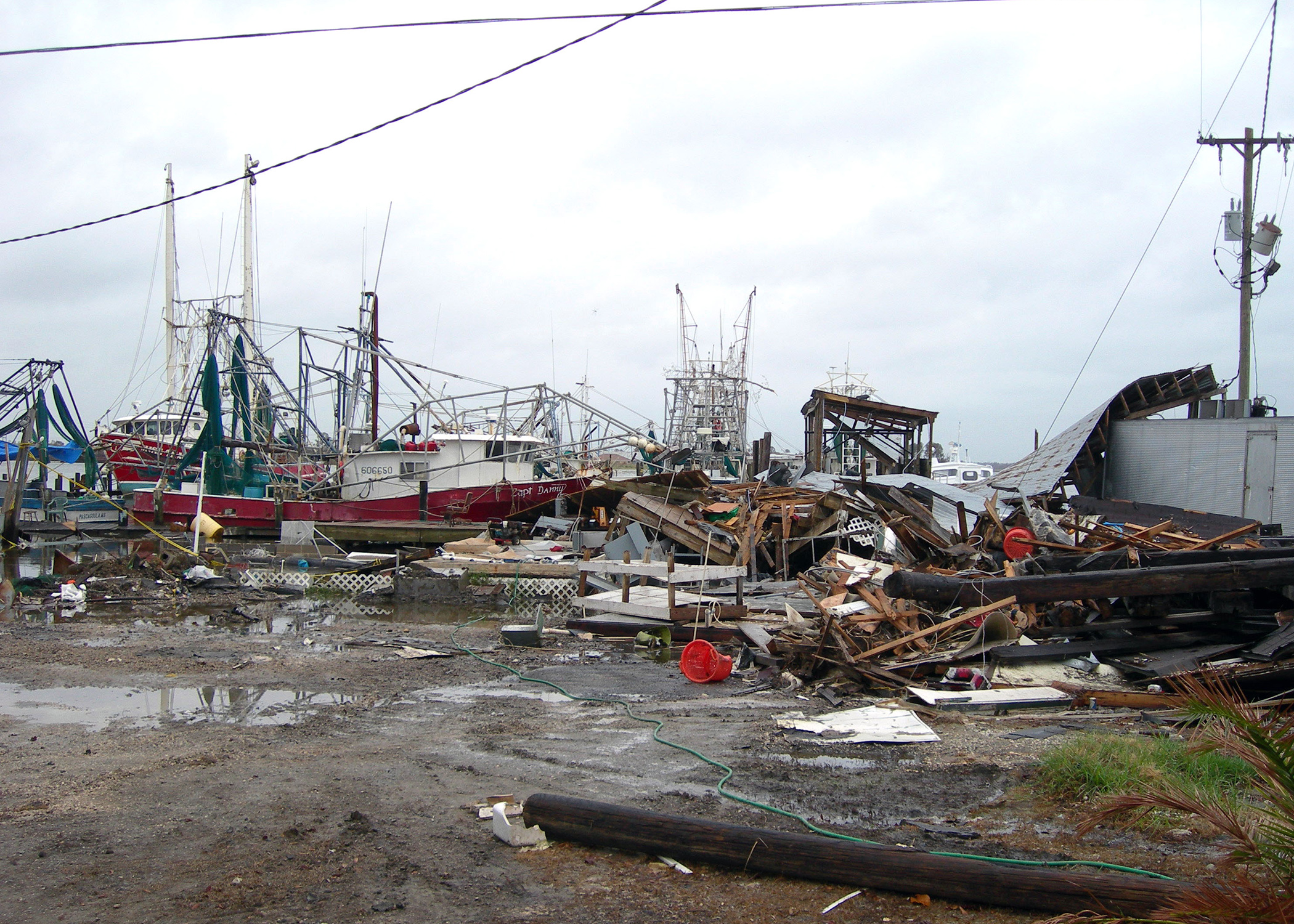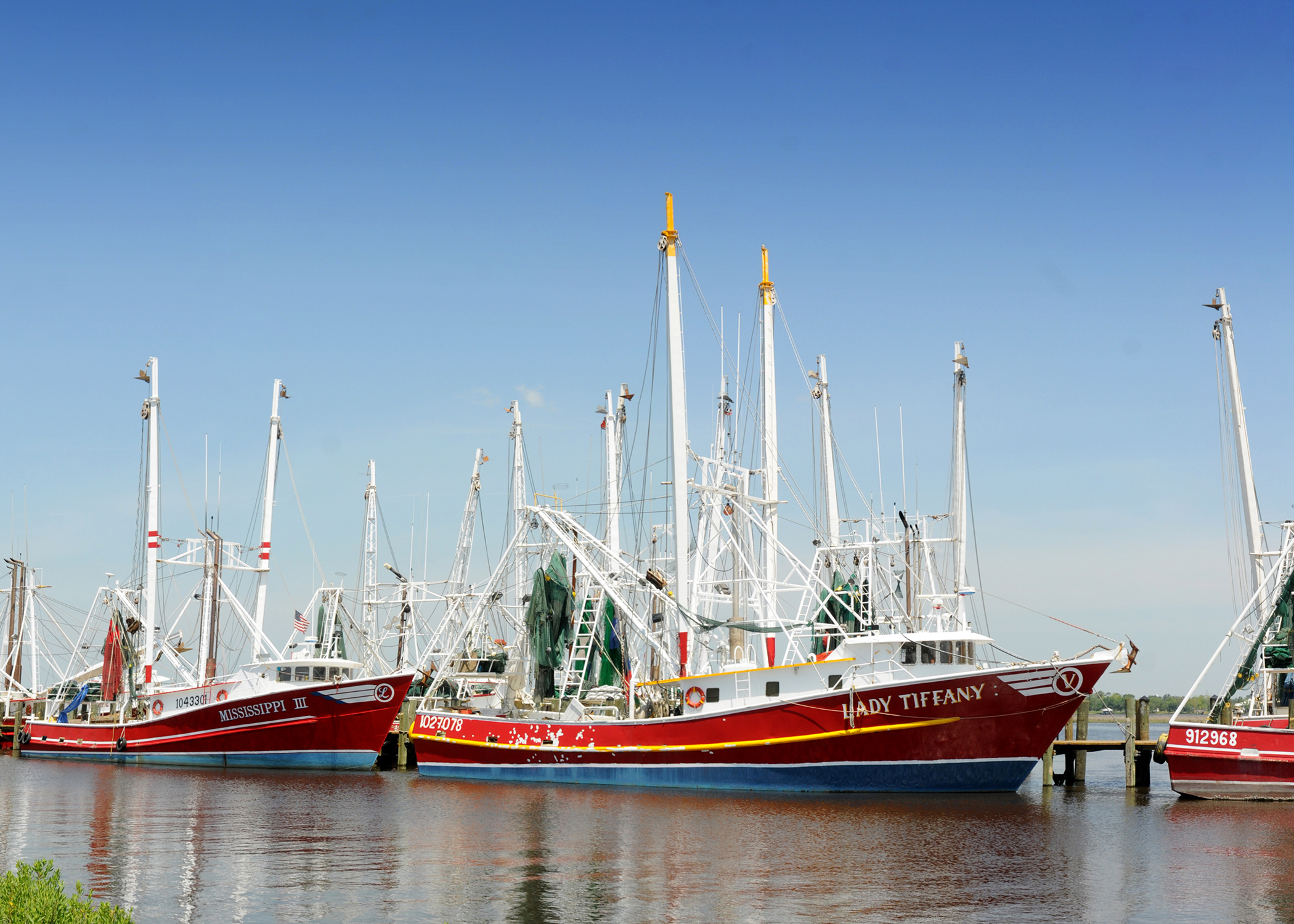By Brandi Van Ormer
MSU College of Veterinary Medicine
FLOWOOD, Miss. -- Most amazing stories begin on a normal day, and the story of a collie named Lad was no different.
But what started as a routine day of play ended with a long-term relationship with experts at the Mississippi State University College of Veterinary Medicine’s affiliate emergency and specialty center in Flowood.
STARKVILLE, Miss. -- Sod supply in Mississippi is slowly rebounding in 2015 after a major shortage of the commodity last year.
Jay McCurdy, turfgrass specialist with the Mississippi State University Extension Service, said turfgrass remains in short supply this year due to a decline in acreage and recent harsh winters.
If I didn’t know better, I would swear that Mother Nature is teasing us.
This past weekend was glorious in my south Mississippi garden, especially in the humidity department. I don’t know the last time the humidity was 40 percent at the end of August and the heat index was below the temperature of the surface of the sun.
Like many other home gardeners, this break from the oppressive summer heat got me back out into the landscape to do some chores that needed to be done.
STARKVILLE, Miss. -- In the aftermath of Hurricane Katrina, Mississippi State University leaders realized the importance of instituting a standardized response system to assist with all types of catastrophes that might strike the state.
Six months after Katrina, the MSU Extension Service Center for Government and Community Development began training university employees, as well as local emergency management officials, 911-call-center operators, and elected and appointed officials.
STARKVILLE, Miss. -- With so much loss after Hurricane Katrina, it would have been easy to overlook some of the state’s most vulnerable citizens: infants, toddlers and preschool children. Families needed to get back to work whenever possible, but without someone to watch their children, what could they do?
STARKVILLE, Miss. -- In the hours immediately following Hurricane Katrina’s landfall, a team of Mississippi State University veterinarians specially trained to work with animals in disaster situations arrived at the state’s designated animal disaster relief shelter in Jackson.
While the Mississippi Animal Response Team’s immediate focus was to assist the Mississippi Board of Animal Health with assessing and managing the growing number of displaced animals, they also had other duties.
STONEVILLE, Miss. -- Rice harvest has begun in Mississippi, but only time will tell how many acres were actually planted and how good yields will be.
“There’s not a lot of yield reports yet, but I think we’re going to have a good crop,” said Bobby Golden, rice agronomist with the MSU Extension Service and researcher with the Mississippi Agricultural and Forestry Experiment Station. “It probably won’t be as good as last year, but we set records the last two years running.”
STARKVILLE, Miss. -- To keep the population of the official state reptile in check, the Mississippi Department of Wildlife, Fisheries and Parks will allow alligator hunting for the 10th year.
Protection and recovery efforts through effective management and education have allowed alligator populations to rebound, which prompted the Commission on Wildlife, Fisheries and Parks to approve the first alligator hunting season in 2005.
STARKVILLE, Miss. -- As bleak as the outlook seemed for Mississippi’s forestry industry in the wake of Hurricane Katrina, the state’s second largest agricultural commodity is slowly recovering.
BILOXI, Miss. -- Ten years after Hurricane Katrina left him with nothing but his three medium-sized refrigerator vessels, shrimper Steve Bosarge has overcome major tribulation to expand his business.
Years before the catastrophe, Bosarge diversified his business because of increased shrimping competition. In the 1990s, he began providing endangered species animal relocation and site clearance services for oil companies. He had no way of knowing that this side work would save his business. He continues that service today, along with his original career.

